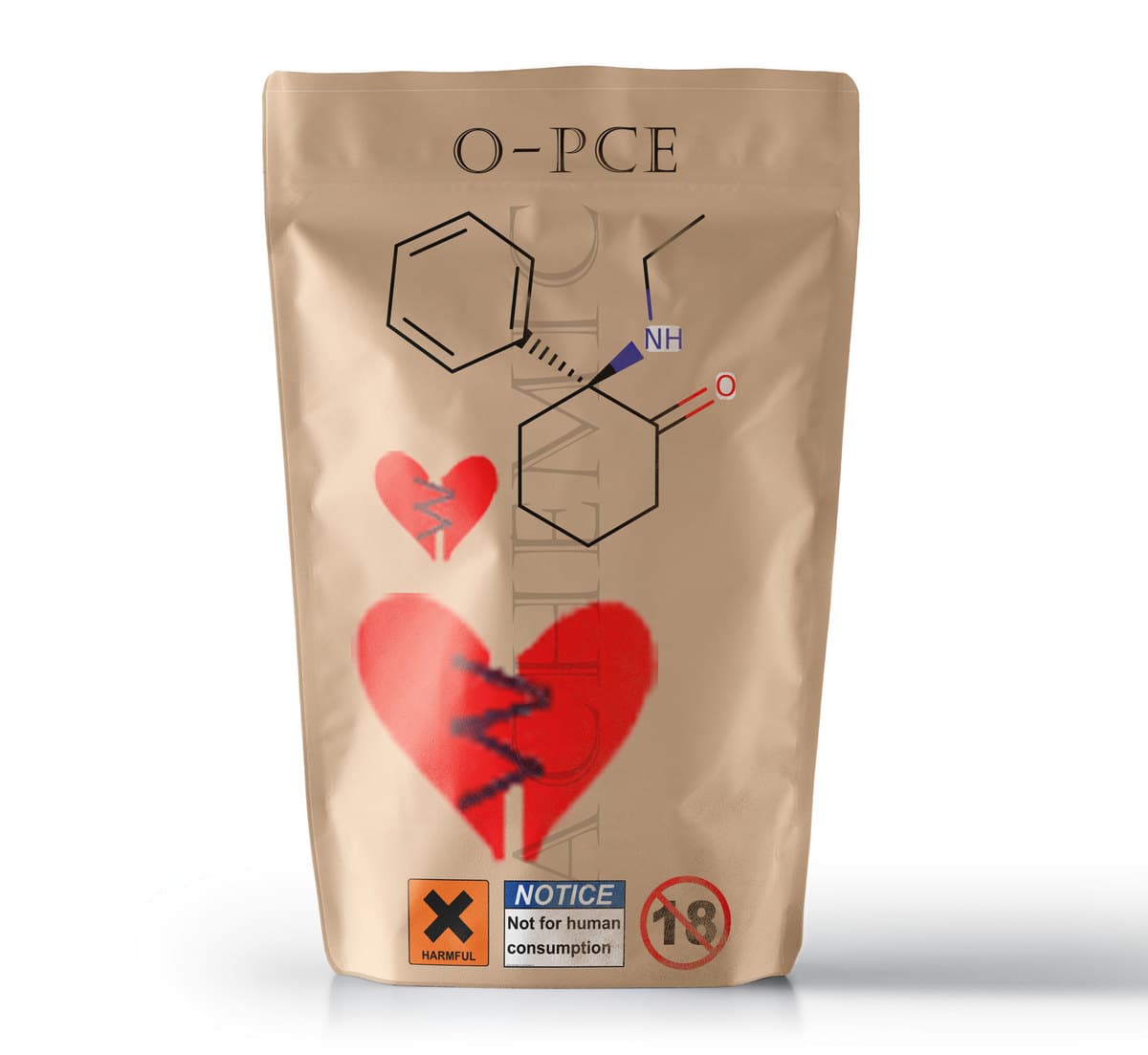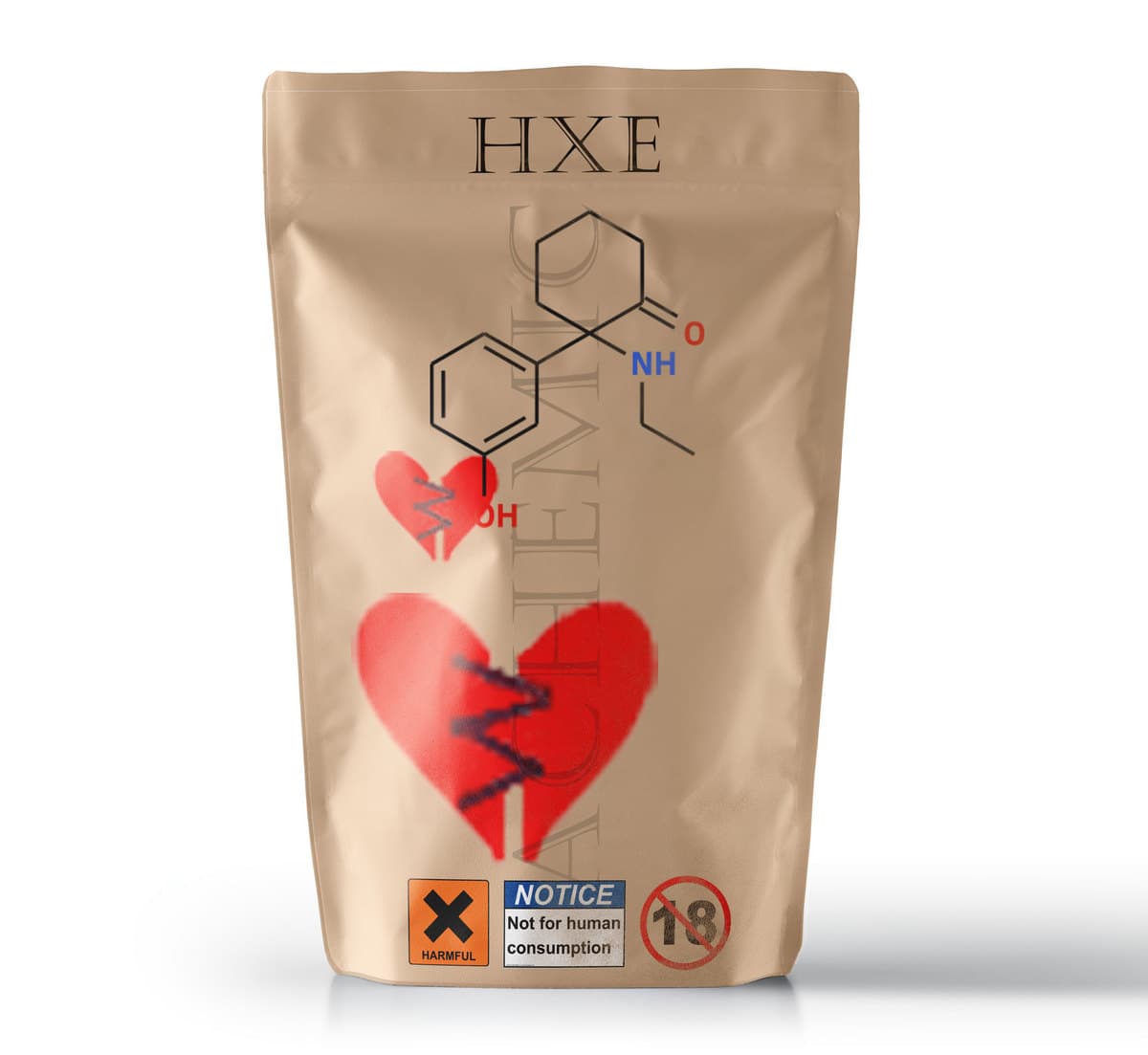O-PCE Powder
$50.00 – $1,680.00
Formal Name: 2-(ethylamino)-2-phenyl-cyclohexanone, monohydrochloride
CAS Number: 4551-92-2
Synonyms: eb 2-oxo PCE, Eticyclidone, O-PCE
Molecular Formula: C14H19NO • HCl
Purity: ≥98%
Description
2′-Oxo -PCE, also known as Eticyclidone and O-PCE, is a novel dissociative substance in the arylcyclohexylamine family that can produce hallucinogenic, dissociative, and anesthetic effects. It is structurally similar to arylcyclohexylamines MXE, 3MeO-PCE and deschloroketamine. It is believed to have its effects via its activity as an NMDA antagonist.
What is O-PCE
O-PCE is often used as an alternative for similar research chemical substances such as MXE and even 3MeO-PCE. Anecdotal reports of O-PCE have indicated that users have experienced stimulant, hallucination as well as dissociative effects. These effects include euphoria and dissociation (cognitive, physical, and/or distortion of time), as well tactile disconnect.
Properties
O-PCE (or 2′-Oxo-2′-PCE) is part of the arylcyclohexylamine chemical group. The structure of Arylcyclohexylamine drugs is named after their structure, which includes a cyclohexane-binding ring to an aromatic and an amine group. Deschloroketamine has a phenyl-ring that is bonded to a substituted cyclohexane rings with an oxo (cyclohexanone). An amino ethyl chains -NCH2CH3 is bound to the adjacent alphacarbon (R2) in the cyclohexanone rings. 2′-Oxo -PCE contains an amino-ethyl chain, rather than the DCK or Ketamine. 2′-Oxo -PCE is identical to DCK. They differ only in their lengths of carbon chains.
O-PCE effects
Because there is not much research on the substance, any discussion about its pharmacology relies solely on the similarities in structure and subjective effects to other dissociatives of arylcyclohexylamines like ketamine, PCE, and methamphetamine (3-MeO-2’-Oxo–PCE). Although no scientific studies have been done to confirm this, structure-activity relationships analysis suggest that 2’Oxo-PCE exhibits its observed effects principally in the form of an NMDA receptor antagonist. However, other neurotransmitter systems could also be involved.
NMDA receptors, a subtype of glutamate receptors, allow electrical signals to travel between nerve cells in both the brain and the spinal column. However, for these signals to be transmitted, the receptor must first be open. This signaling disruption can be disrupted by blocking the receptors with NMDA receptor antagonists. This causes a disconnection in information flow within the nervous system, which can lead to anesthesia loss and motor discoordination. Finally, this substance will be the equivalent of the “K hole.”
Where to buy O-PCE
Achemic lets you buy research chemicals containing O-PCE directly from our website. Before they are made available for sale, all of our research chemicals have been thoroughly tested. This is how we ensure high-quality O-PCE products. We are happy to answer your questions or provide more information.
This product is only for educational purposes. Achemic doesn’t sell O-PCE except for scientific and educational purposes. Not for human consumption nor veterinarian use. We ship internationally, even to the USA.







Reviews
There are no reviews yet.